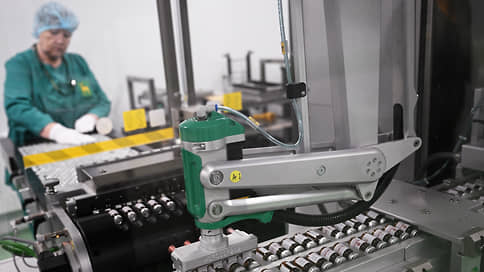Myopia in children: can red light therapy slow down or arrest it?

The enthusiasm that surrounds this technique must be balanced by a prudent expectation because there are no independent studies on different populations and we do not yet know with certainty if the benefits remain in the long run
My son is 10 years old and is short -sighted. I know that there is a red light therapy capable of stopping the progression of myopia: does it work?
Respond Paolo Nuccifull professor of visual system diseases, University of Milan (Go to the forum)
There myopia In children it is a rapidly increased condition globally. Next to the consolidated treatments, an innovative proposal has appeared in recent years: the use of low intense red light (Low-level red light therapyLlrl) To slow down, or potentially arrest, myopic progression. The therapy consists in exposing the child daily to a red light of wavelength between 620 and 650 nanometers, for a few minutes (generally two sessions of three minutes each).
Side effects
Recent articles show possible side effects, in the case of prolonged or incorrectly monitored exhibitions, but the studies available so far – conducted mainly in China and published in high -level international scientific journals – showed encouraging results, with a reduction in myopic progression up to 80% compared to unrealized children. However, therapy has never entered the daily clinical practice in western countries, mainly for two reasons: The data are still preliminarywith limited duration follow-up and adherence to treatment, especially in children, is complicated because it requires constancy.
Prudent expectation
On the level of safety, the low intense red light appears globally well tolerated. The referred side effects are slight and transientas a sense of dazzling or passenger photophobia immediately after the session. The enthusiasm that surrounds this technique must still be balanced by a prudent expectation because there are no independent studies on different populations e We still do not know with certainty if the benefits are maintained in the long runonce the treatment is suspended.
Exposure to light
If I had to suggest a strategy for his son, in the presence of an early debut of myopia, I would orient myself to follow what the current international guidelines indicate more evidently: Promote daily exposure to natural light (spending at least two hours a day outdoors is associated with a lower risk of onset and worsening of myopia); consider the use of atropine low dosagea safe pharmacological treatment, used for years, which has shown effectiveness in reducing the progression of the defect; evaluate lenses to peripheral defocusavailable both as glasses and as contact lenses, which modify the optical profile of the eye, helping to slow down the axial extension.







